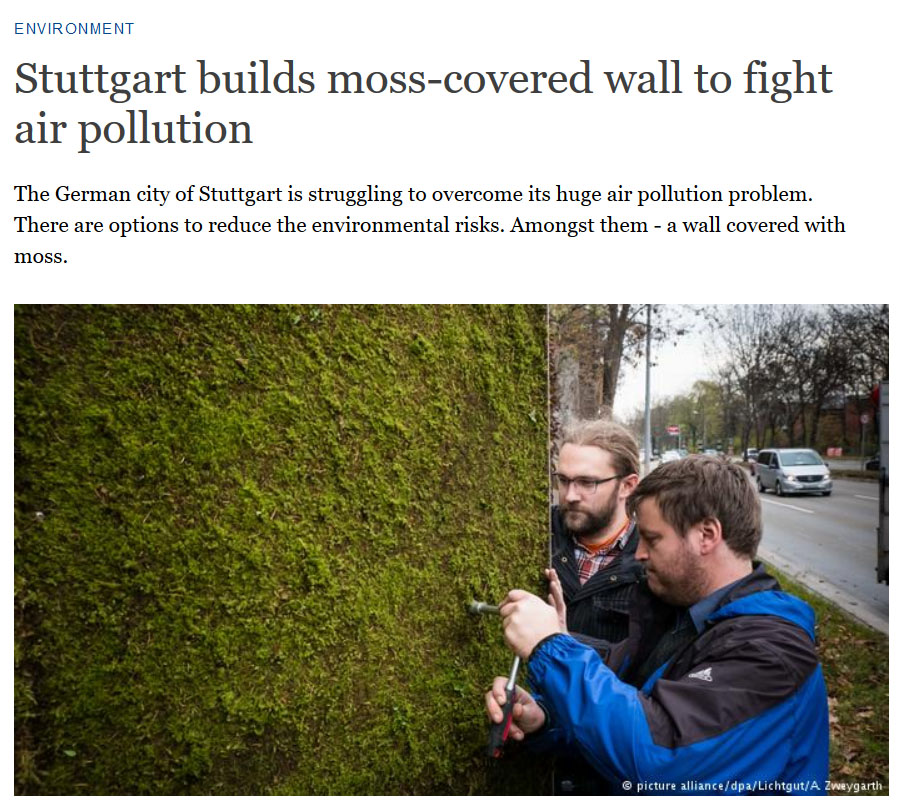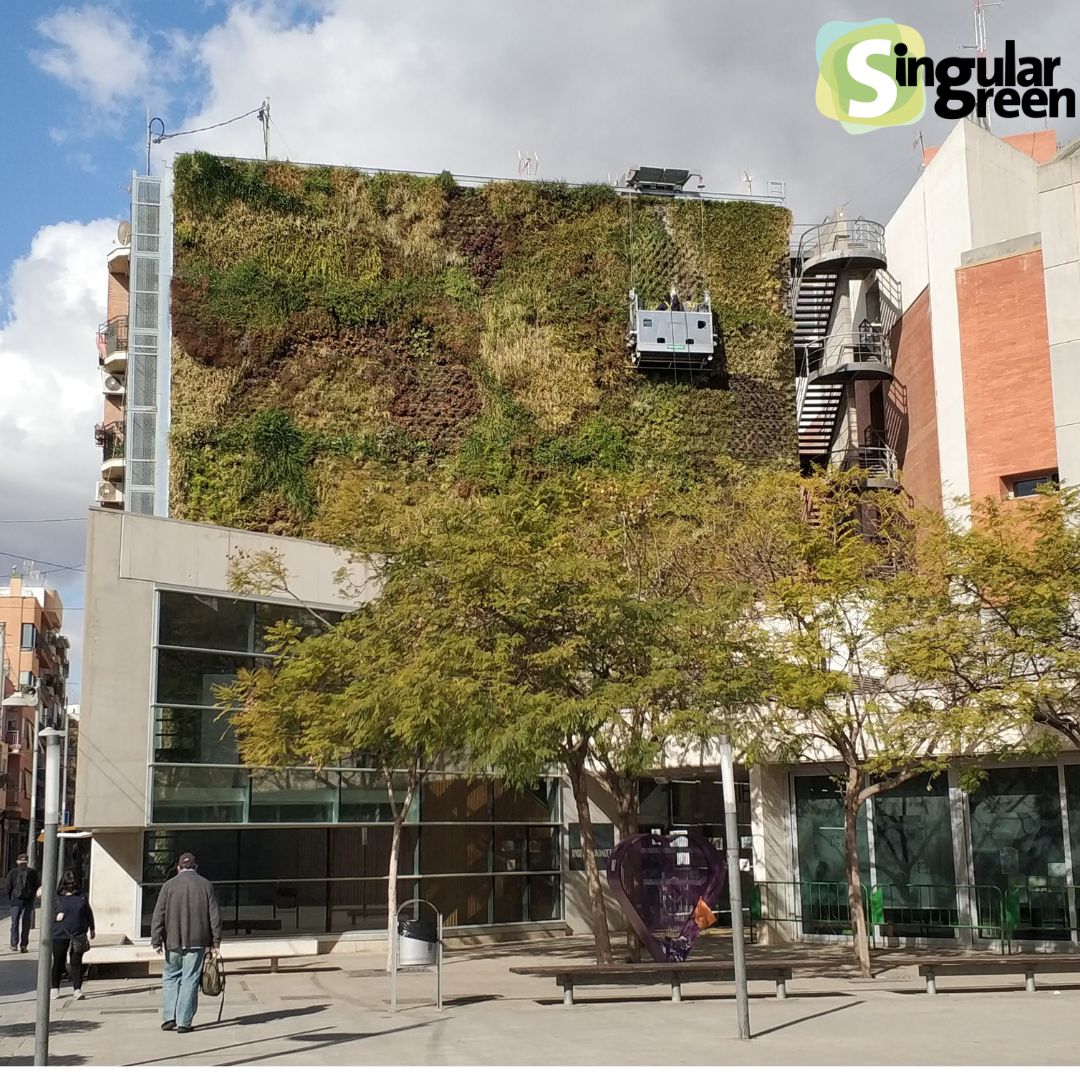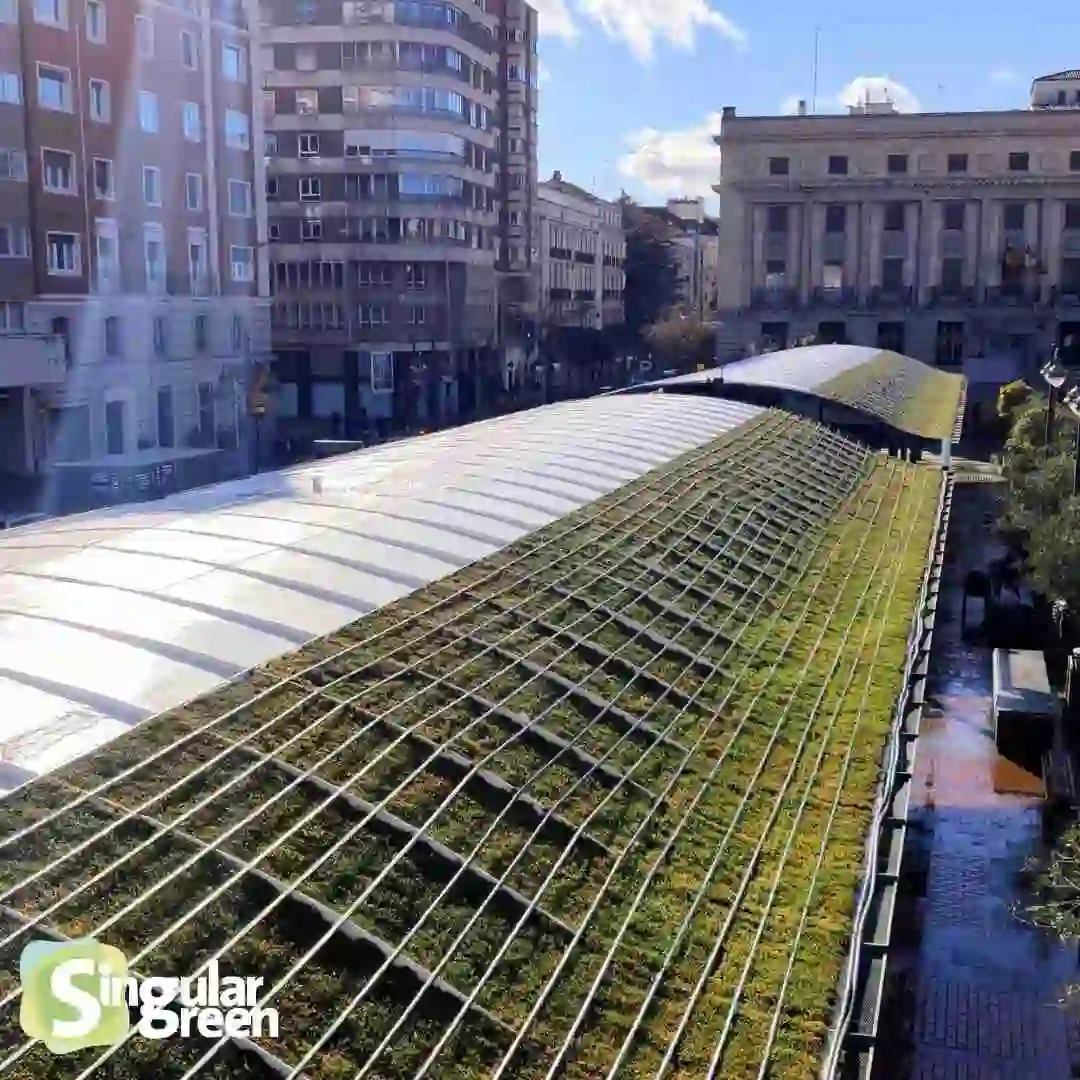In recent years, the issue of air pollution has become increasingly relevant, especially in large cities where alarming levels of nitrogen dioxide (NO₂) and carbon dioxide (CO₂) are recorded. These pollutants are direct byproducts of vehicle combustion and other industrial activities. In this context, it is crucial to understand how pollutant filters can help us mitigate these issues and improve the quality of the air we breathe.
What Are Pollutant Filters?
Pollutant filters are devices designed to remove particles, gases, and other impurities from the air.
These filters are used in both industrial applications and urban environments to reduce exposure to harmful contaminants.
Among the most common are HEPA filters, activated carbon filters, and chemical filters, each of which specializes in capturing different types of pollutants.
Types of Filters for the Removal of Atmospheric Contaminants
When discussing filters for the removal of pollutants, it is important to highlight the variety of options available and their specific applications:
HEPA Filters: These filters are highly effective at capturing fine and ultrafine particles from the air, such as dust, pollen, and mold spores. Their use is common in household ventilation systems and hospitals due to their ability to filter particles as small as 0.3 microns with an efficiency of 99.97%.
Activated Carbon Filters: Particularly useful for removing odors and gaseous pollutants. They operate by adsorbing gas molecules onto a porous surface, making them effective in combating volatile organic compounds (VOCs) and gases like carbon dioxide.
Chemical Filters: Primarily used in industrial settings, these filters can remove toxic gases through chemical reactions. They are essential for applications where gaseous pollutants are a major concern, such as in the chemical industry.
Vertical Gardens as a Solution for Pollutant Filtration
A natural and innovative solution that has recently gained attention is vertical gardens.
In cities like Stuttgart, one of the most affected by air pollution in Germany, the installation of vertical gardens has been proposed as a way to reduce levels of NO₂. Contaminants adhere to the surface of the moss, and the cyanobacteria present in these gardens convert nitrogen dioxide into food, improving air quality in a sustainable manner.
In relation to this concerning issue, we came across a news article from the German media outlet Deutsche Welle, discussing pollution in the city of Stuttgart, where the installation of green surfaces such as vertical gardens is proposed as a filter for pollutants.

As seen in the vertical gardens of the Caixa Forum in Spain, these systems not only provide aesthetic benefits, but also function as natural filters, absorbing pollutants through biological processes.
This solution could be adopted in other cities affected by pollution, along with other existing measures.
Innovative Air Filtration Technologies: Moss Walls and Cyanobacteria
Moss walls represent an innovative way of using biotechnology to combat air pollution.
Cyanobacteria, organisms that thrive in humid environments and form part of the moss in vertical gardens, play a crucial role in converting NO₂ into less harmful compounds.
This technology is particularly useful in densely populated urban areas, where traditional air filtration methods may be insufficient.
Strategies in Spanish Cities to Reduce Pollution
In Spain, cities such as Madrid and Barcelona have implemented specific strategies to reduce air pollution, such as traffic restrictions to limit the number of vehicles that can circulate in areas with high levels of nitrogen dioxide.
For example, Madrid has a restriction scheme that depends on the levels of NO₂ present in the air, while Barcelona has started to ban older vehicles within its metropolitan area.
However, in addition to these measures, it would be beneficial to explore the implementation of vertical gardens and other biological filtration methods. The integration of green solutions could complement traffic restrictions and offer a more holistic approach to improving urban air quality.
Choosing the Right Filter for Each Pollutant Type
Choosing the right filter depends on the type of pollutant you want to remove:
- For fine particles and allergens, HEPA filters are the most effective choice.
- For removing odours and gases, such as CO₂ and VOCs, activated carbon filters are more appropriate.
- For industrial environments where toxic gases need to be removed, chemical filters offer the greatest protection.
In conclusion, adopting a combination of technologies, including both mechanical and biological solutions, can offer a more robust strategy to combat air pollution.
Comparison of Effectiveness between Different Filtration Methods
It is essential to evaluate the effectiveness of different filtration methods in terms of their specific applications. Vertical garden systems, for example, not only act as physical barriers to pollutants, but also use biological processes to break down harmful substances.
In comparison, chemical and activated carbon filters may be more suitable for industrial applications where gaseous pollution is more prevalent.
Furthermore, in urban environments, innovative solutions such as SingularGreen’s LeafSkin systems can offer a low-cost alternative for the installation of vertical gardens, thus facilitating the reduction of pollutants in densely populated areas.
Conclusion
Combating air pollution is a complex challenge that requires innovative and diversified solutions. From HEPA filters and chemical filters to vertical gardens and moss walls, each method offers unique advantages for the removal of different types of pollutants.
Leveraging these solutions in combination can help to significantly improve air quality in our cities, creating healthier environments for all.
From SingularGreen we are working on new systems such as LeafSkin to bring vertical gardens to any surface of the city at a low cost, and in this way contribute to the absorption of part of the polluting substances that are generated in large urban centres.







